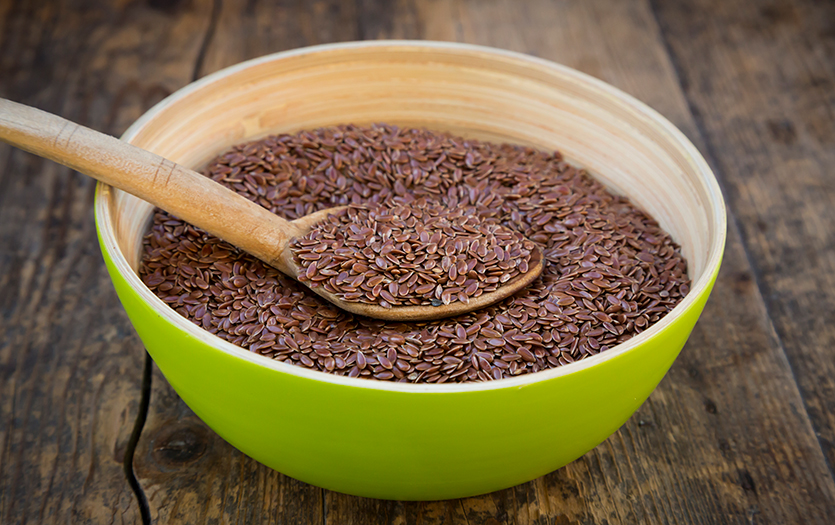How many times in an average week are we asked or do we ask ourselves what we’re going to serve for supper? A lot of times, dinner is an afterthought. We all have demands on our time, whether it’s working long hours, children and their activities, or activities of our own. \Spending hours making dinner is not an option. We are then tempted with fast, premade foods that lack the vitamins, minerals and nutrients our bodies need. For many of us, providing and preparing quick, healthy meals is a challenge. But it’s not impossible. It just takes planning. Diane Glass, MS, RDN, CD, The Parkview Cancer Institute, has four simple steps for serving up a smart, satisfying meal every night of the week.
Set some ground rules.
Ready to turn this dinner thing around, but not sure where to begin? Try approaching meal planning from with these four concepts in mind:
- Keep it simple. Healthy meals don’t have to be elaborate.
- Build a tried-and-true repertoire. Find recipes that you and your family enjoy. There are millions of recipes online, especially on Pinterest.
- Map it out. Plan your meals for the week based on your schedule. If you have a night that isn’t as busy, prepare extra food that can be reheated on a really busy night. If you know it’s going to be hectic, put your slow cooker to work.
- Shop smart. Have all of the ingredients purchased and available. There are shopping list apps that can help make grocery shopping easier.
Week night winners.
Many healthy foods are super simple to make and taste good when prepared in different ways. Take roasted vegetables for example. Roasted vegetables taste so much better than steamed, and they can cook while you prepare the rest of your meal.
Here is how you do it: Preheat your oven to 425 degrees. Cut your vegetables into bite-size pieces. Toss them with 1-2 tablespoons of a good-tasting oil, such as a mild olive oil. Add salt, pepper or your favorite spices. You can even sprinkle them with some Parmesan or feta cheese. Spread the vegetables out onto a baking sheet leaving space around each piece. Roast at 425 degrees until the vegetables are tender and you see some charred edges. Different vegetables will cook for different times, but here are the cooking times for a few of our favorites:
- Root vegetables (potatoes, beets and carrots), 30-45 minutes
- Winter squash (butternut, acorn), 20-60 minutes depending on how small they are cut
- Soft vegetables (zucchini, summer squash and peppers), 10-20 minutes
- Cruciferous vegetables (broccoli, cauliflower, Brussel sprouts), 15-25 minutes
- Thin vegetables (green beans, asparagus), 10-20 minutes
- Tomatoes, 15-20 minutes
- Onions, 15-20 minutes
Play with protein.
Don’t be afraid to try new entrees. Some of our healthier protein sources can be made in less than 30 minutes and pair well with the roasted vegetables you now know how to make. Here are a few entrees I enjoy. Add some fruit and whole grains and you have a well-balanced meal.
Easy Honey Garlic Salmon
Featured on the blog Café Delites
Pretzel-crusted Chicken Breast Tenders with Garlicky Dipping Sauce
Featured on myrecipes.com
Black Bean and Corn Quesadillas
Featured on babble.com




